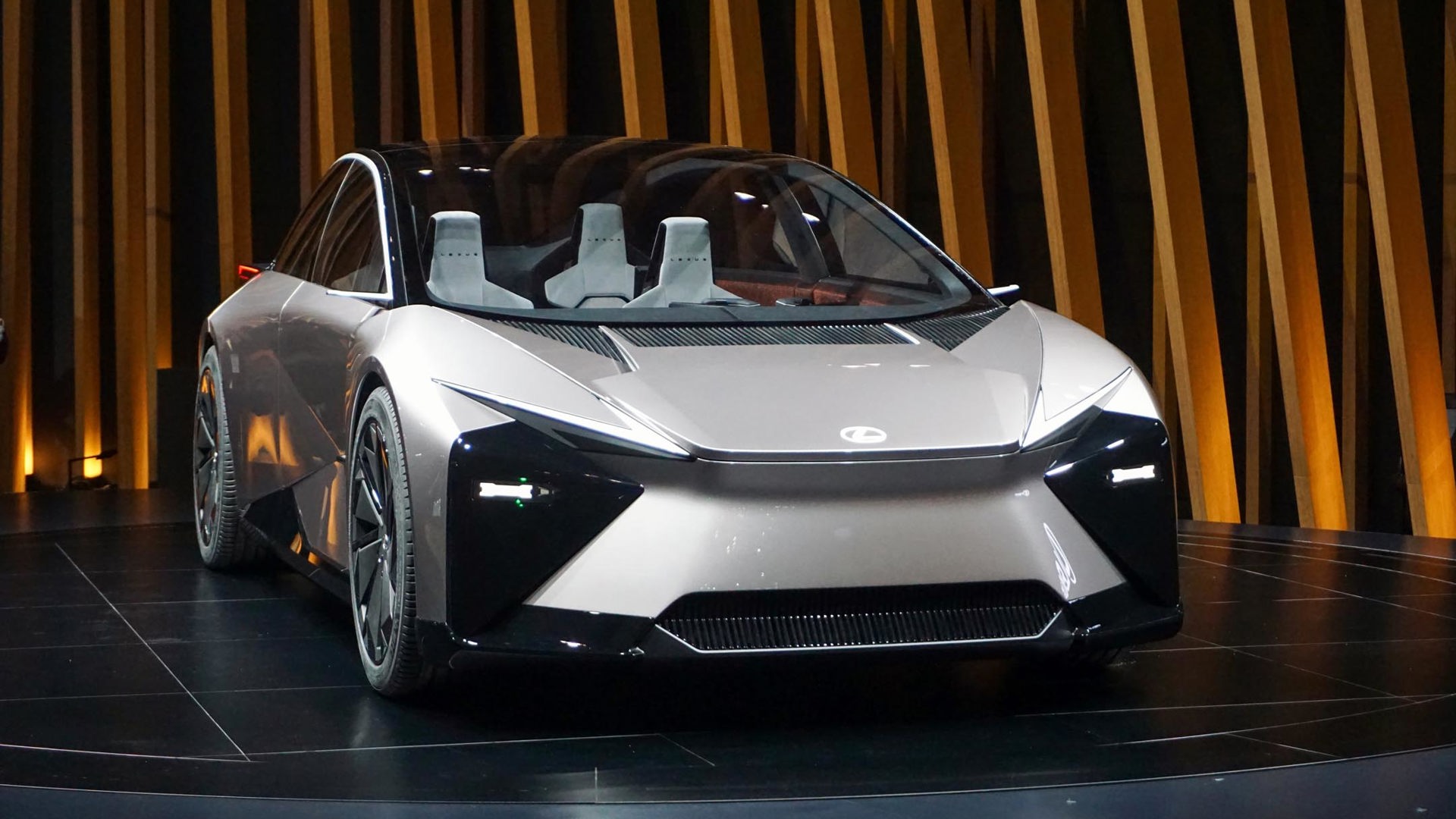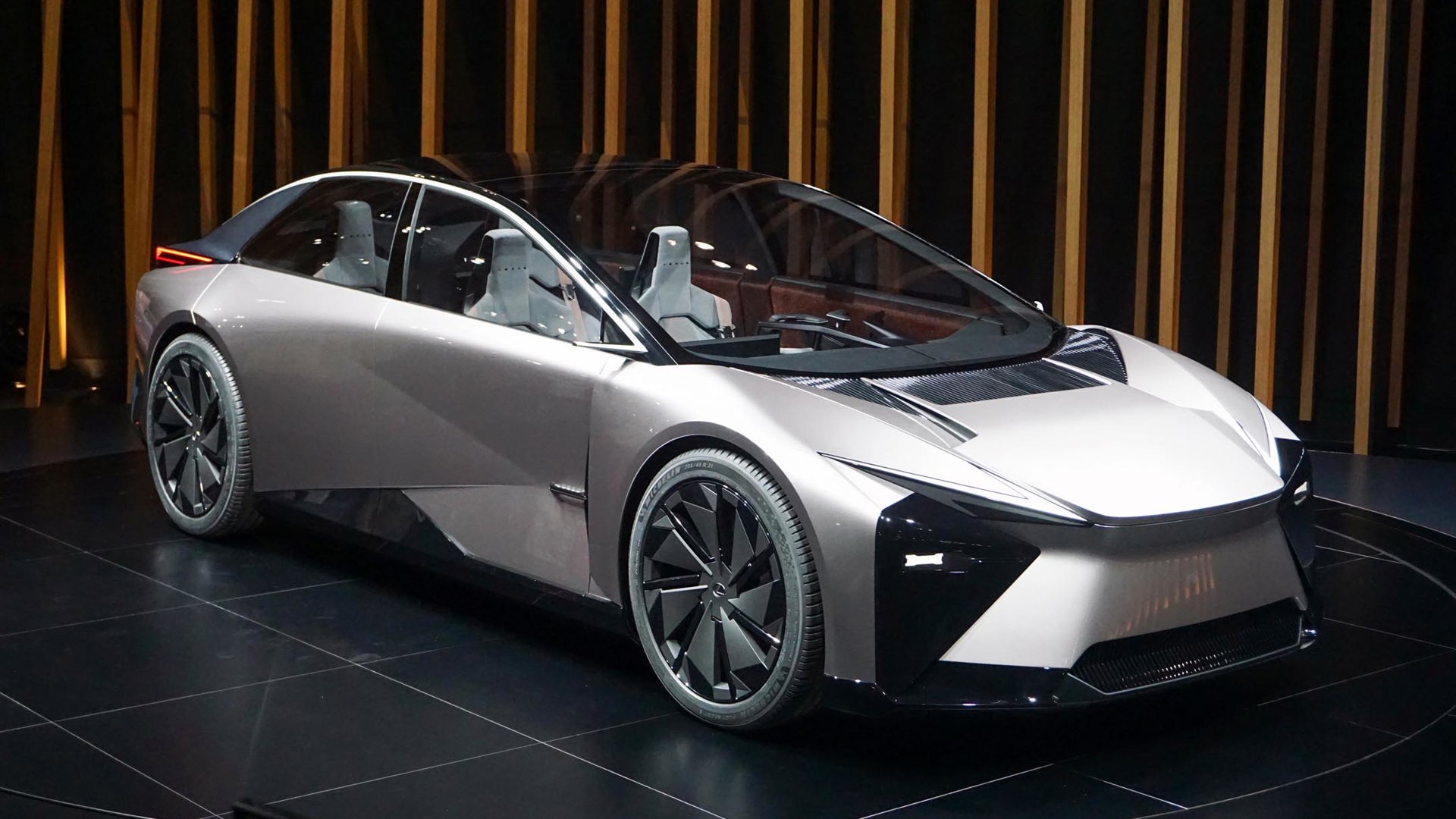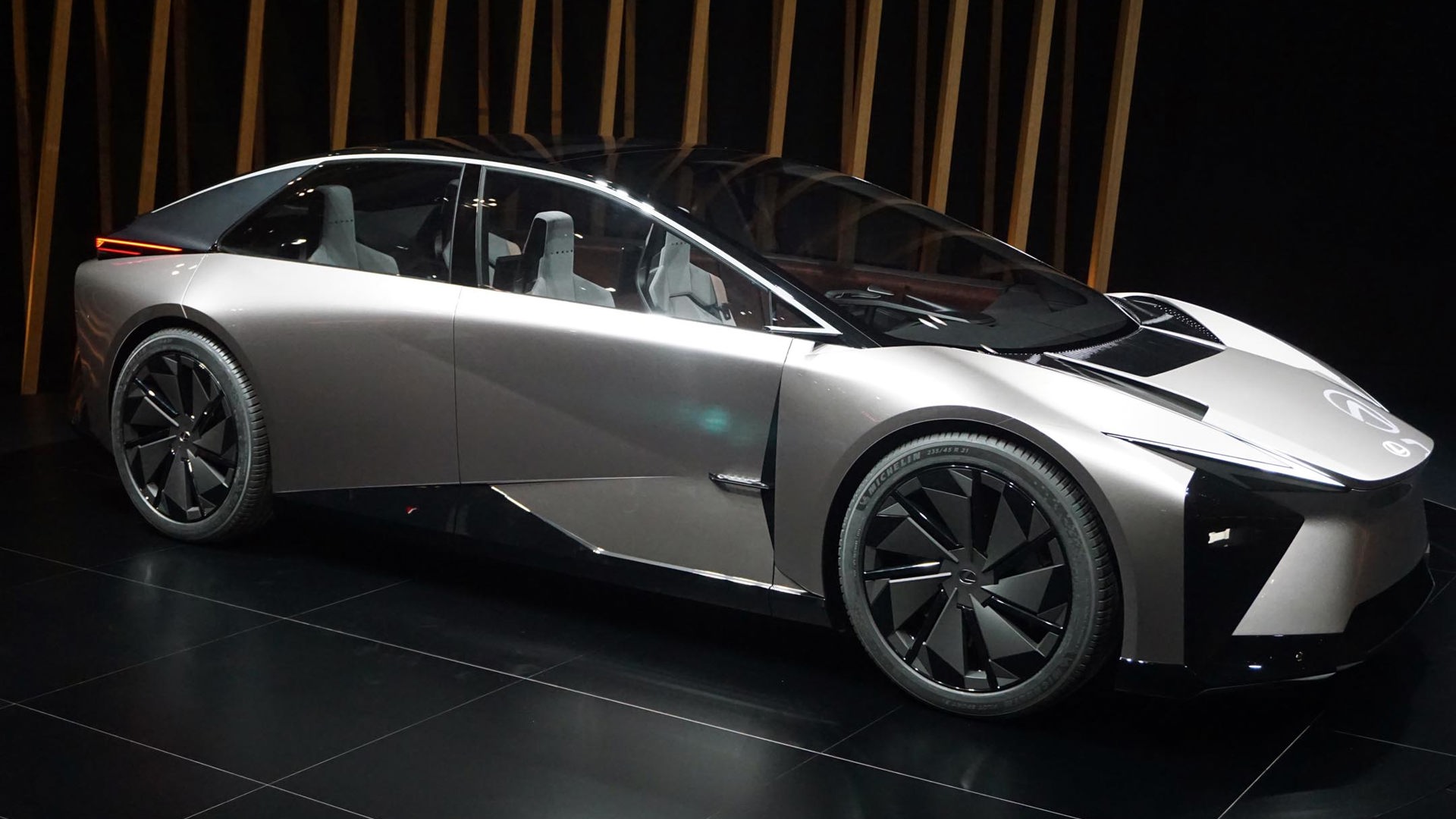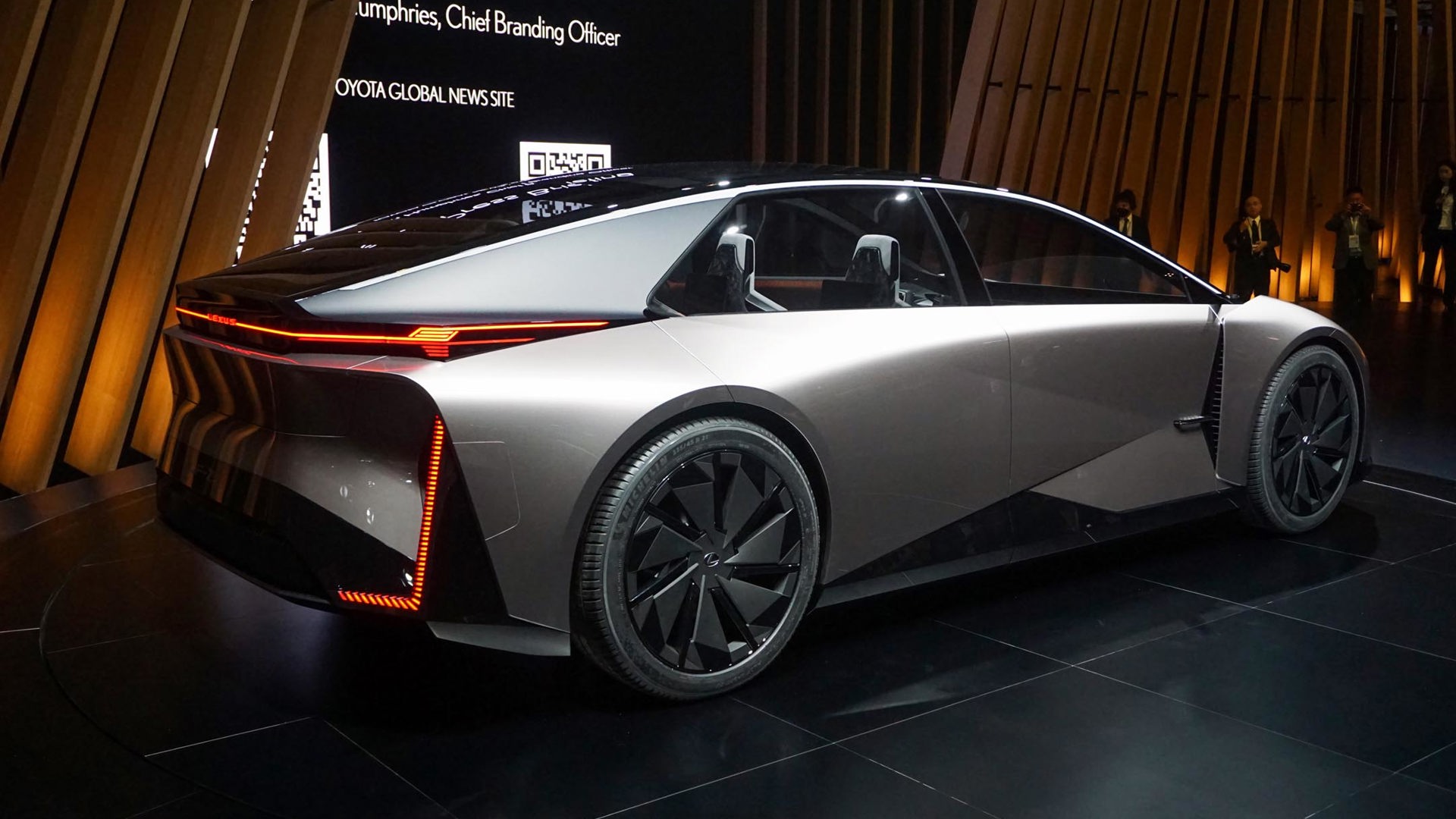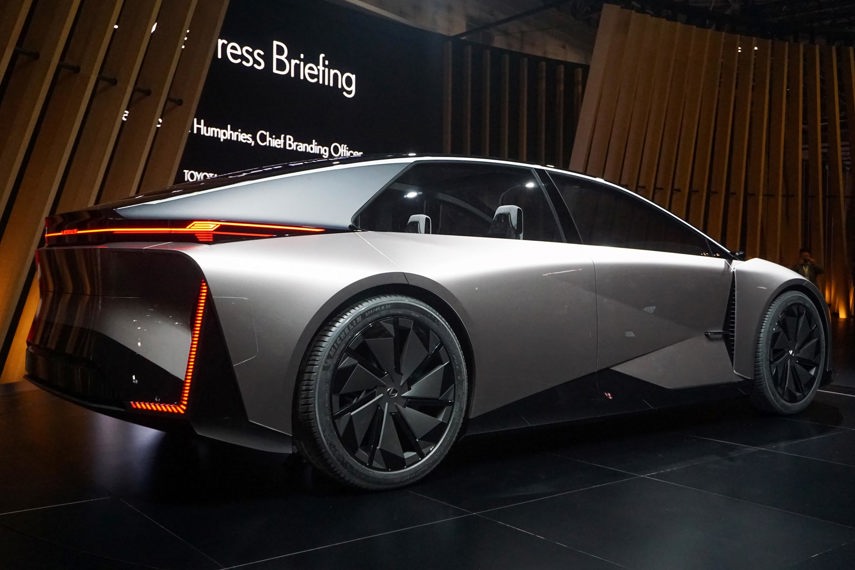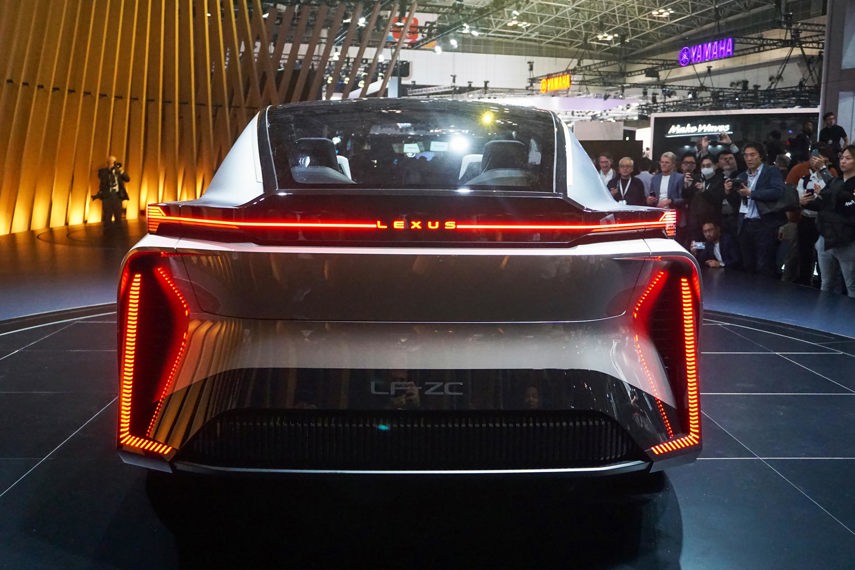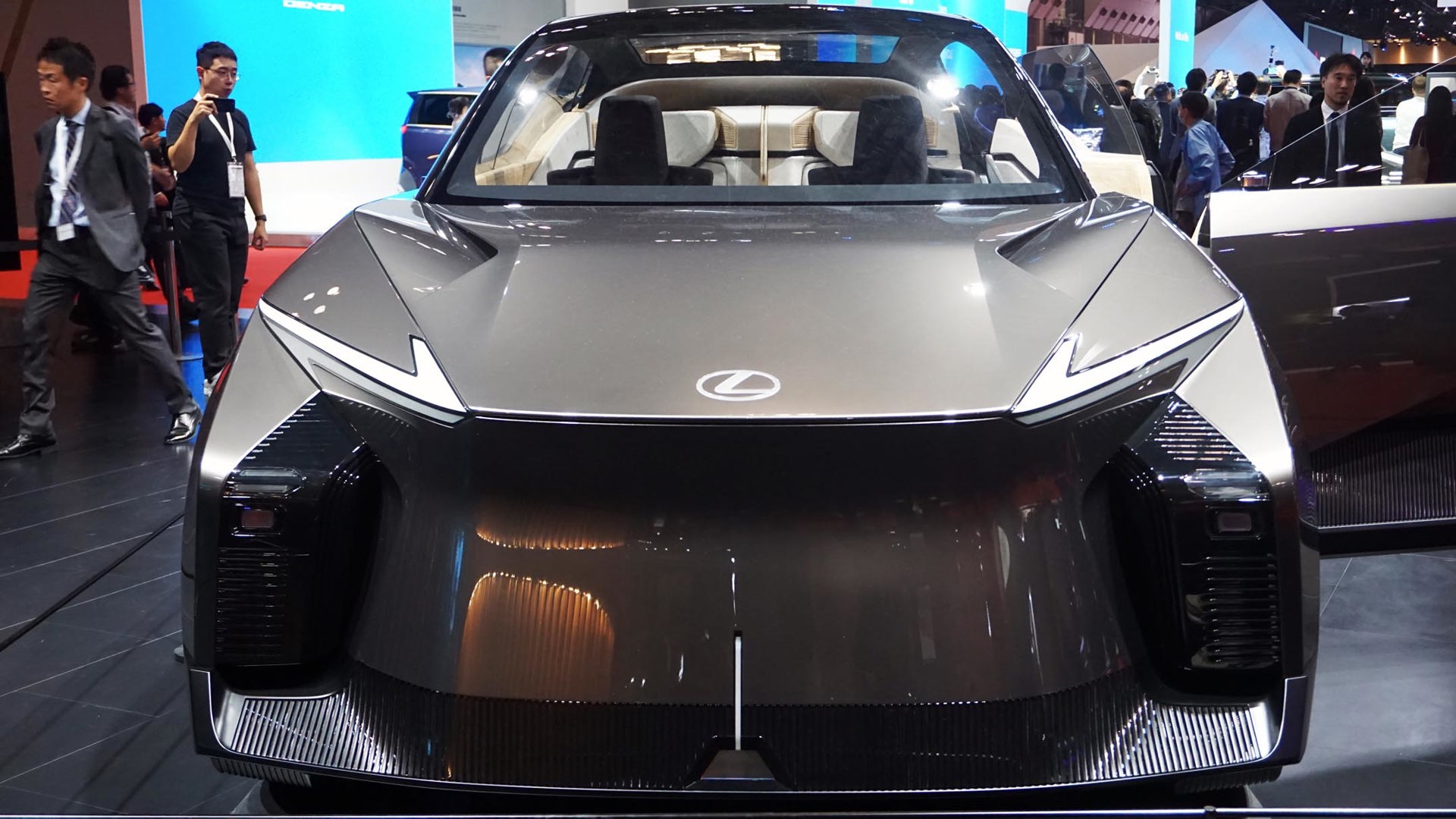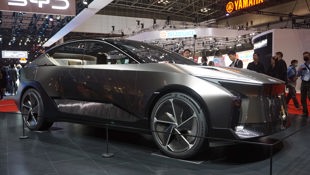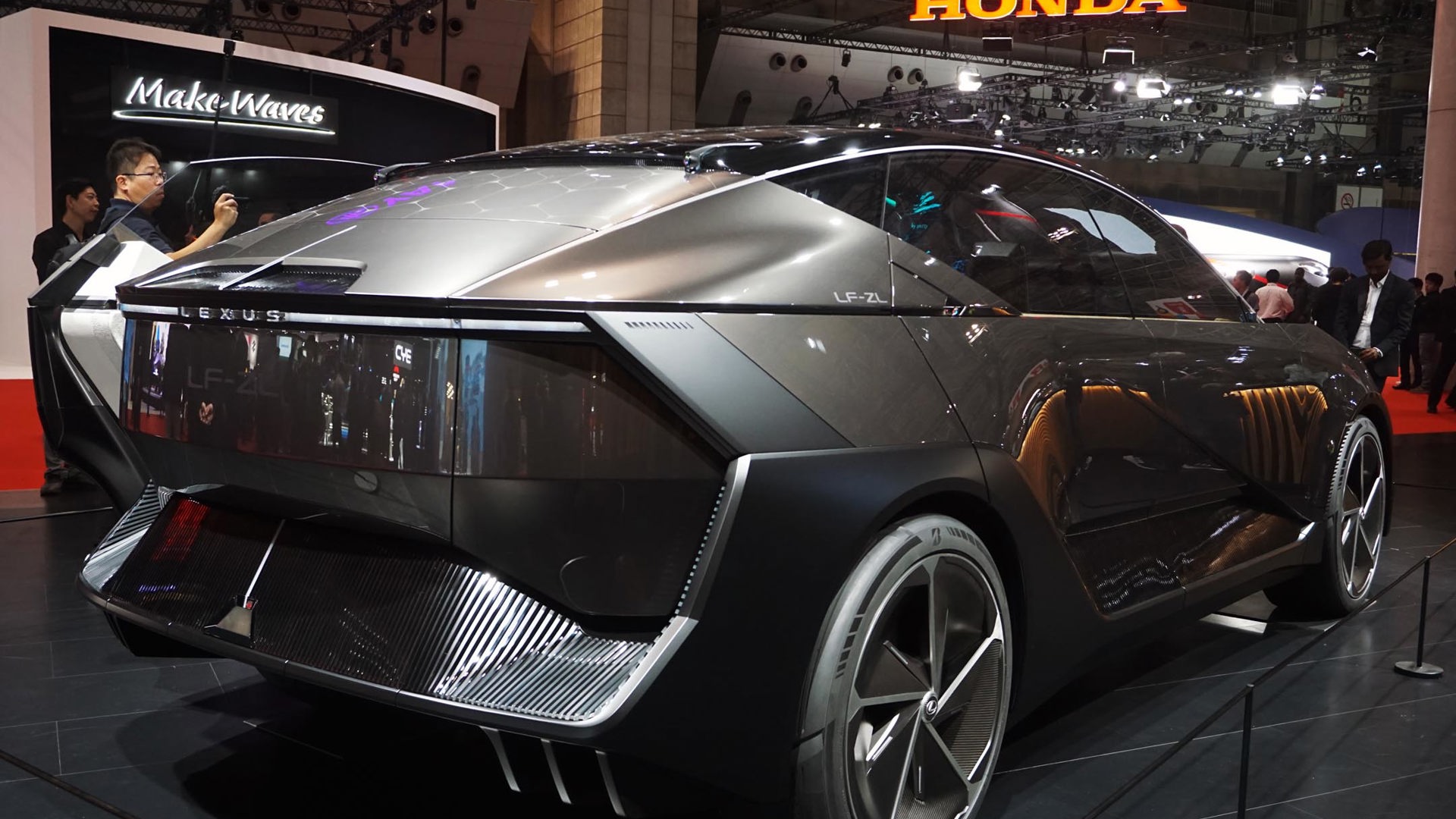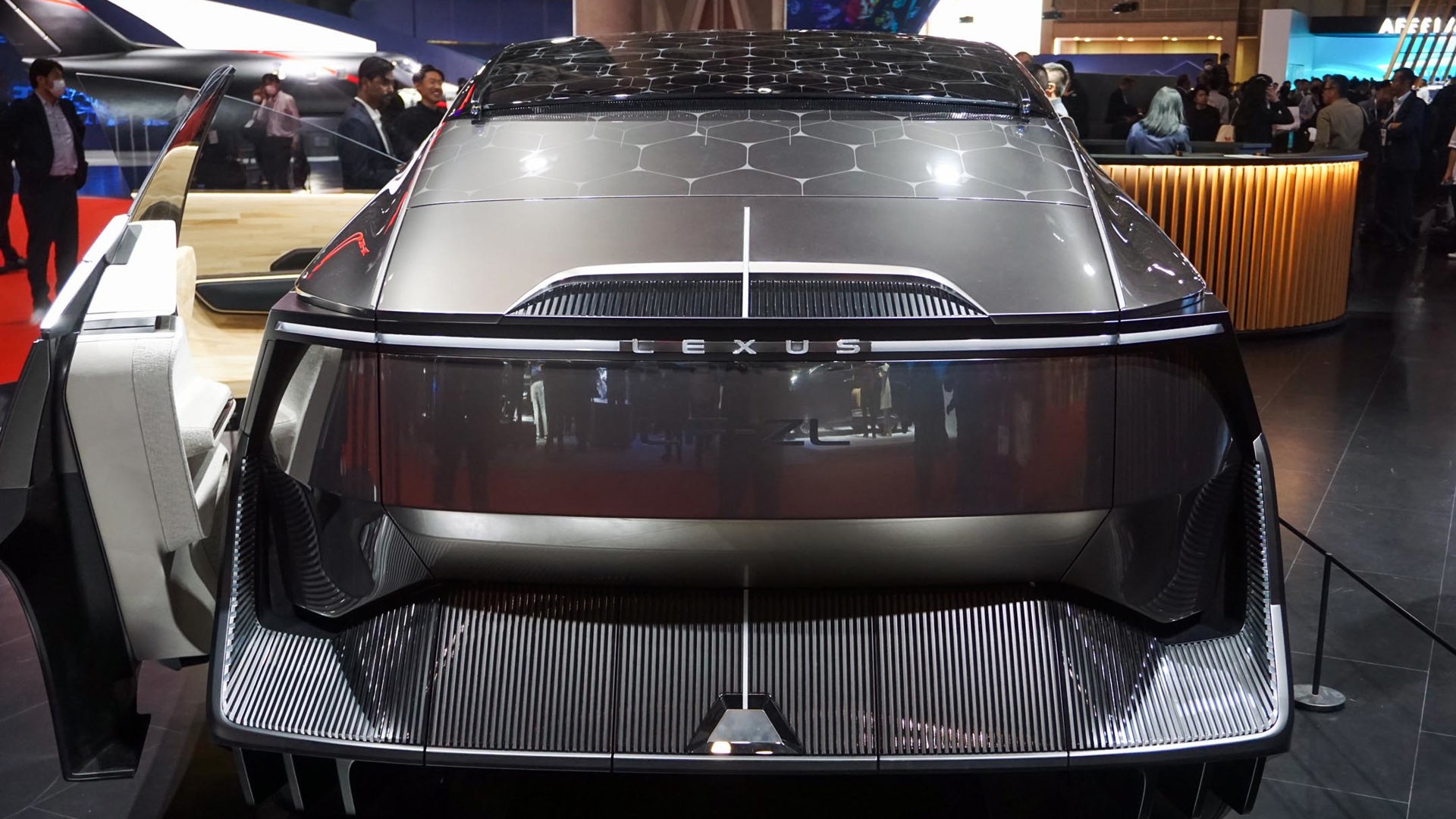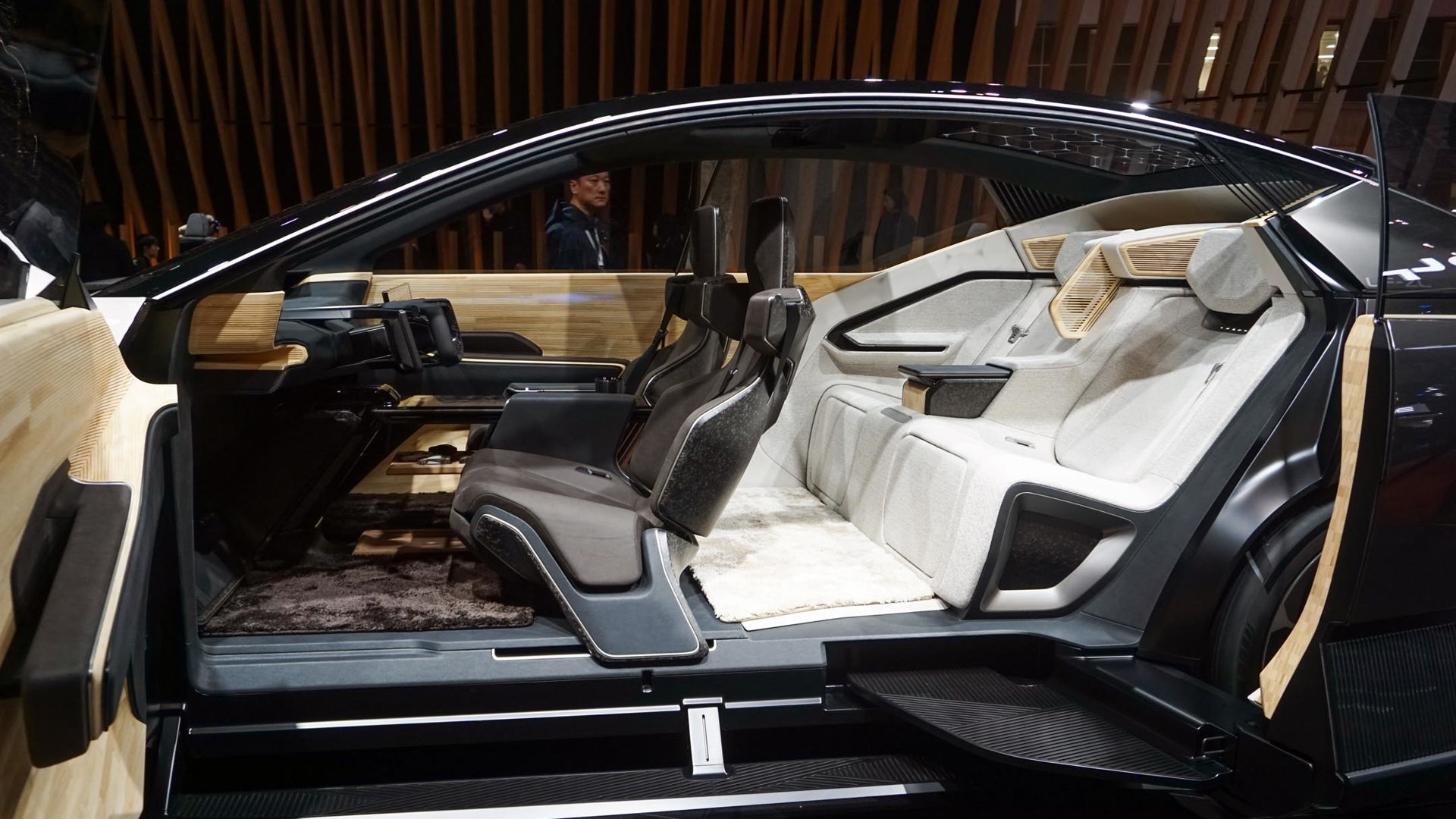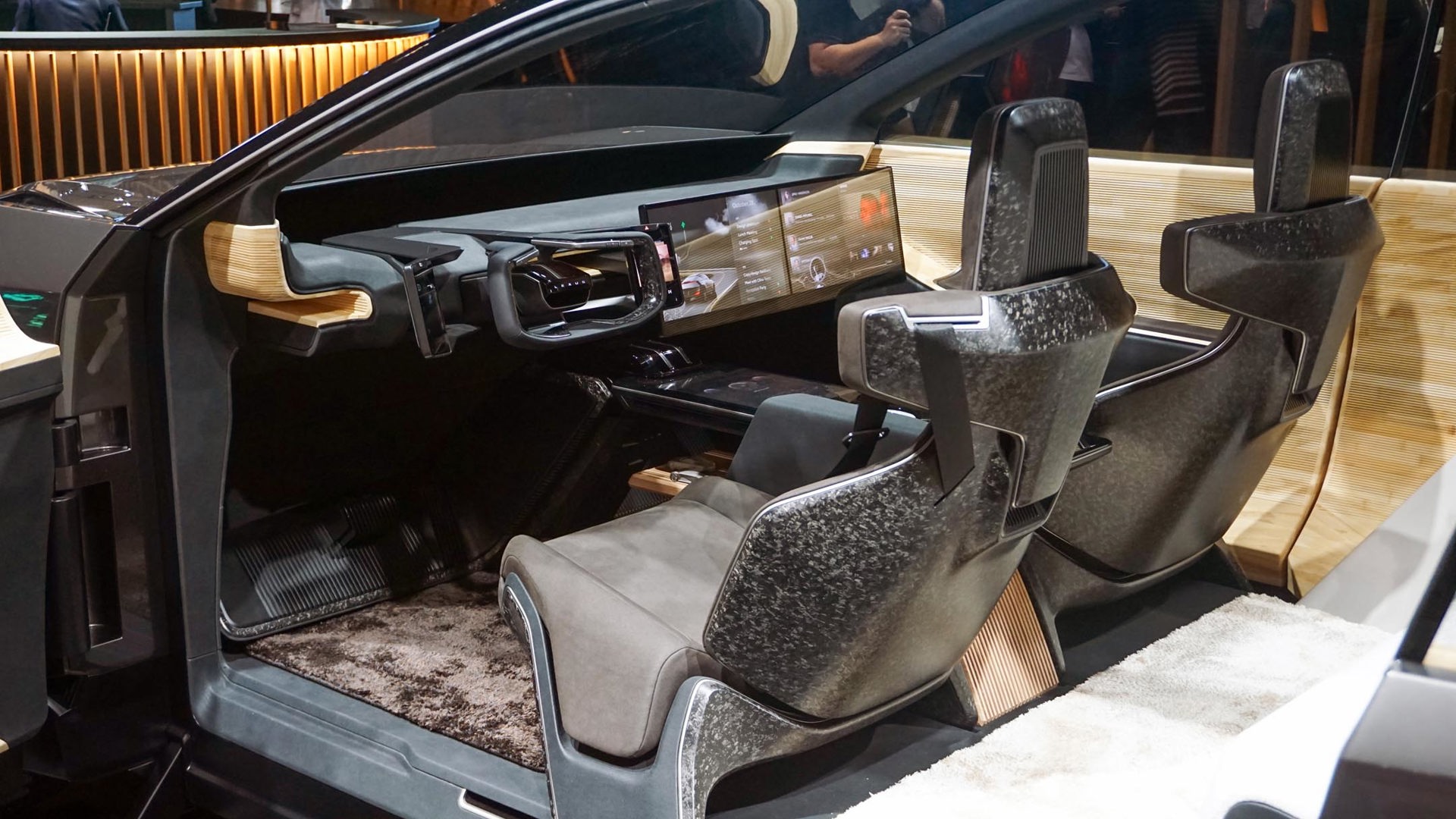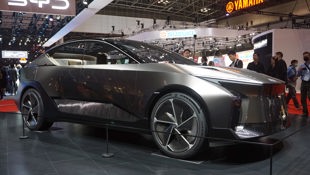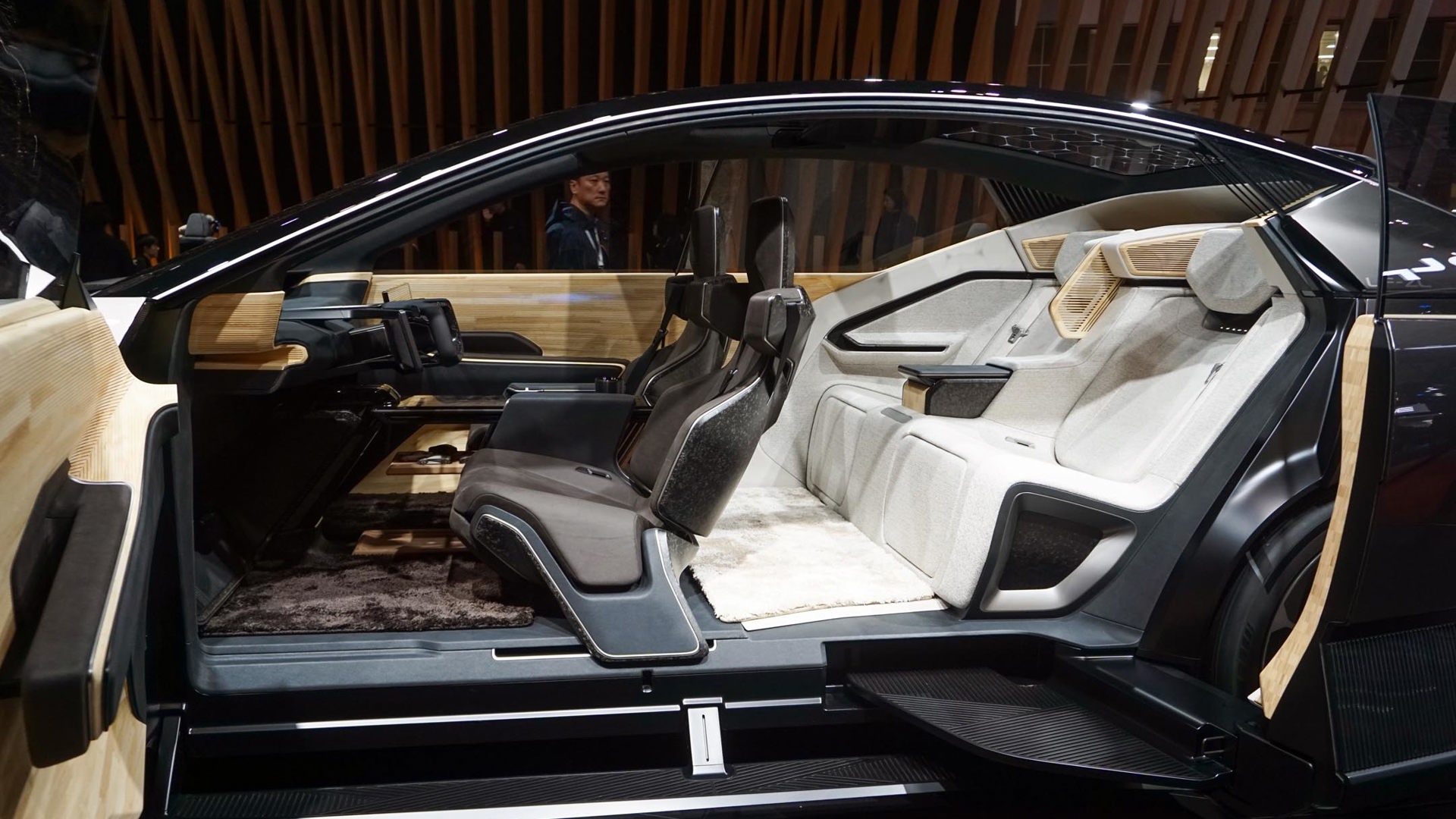Concept cars are just that: conceptual.
While they can occasionally provide a glimpse into the actual future, more often than not they represent something a little more loosely rooted in reality. The latest example of exactly that is the Lexus LF-ZC Concept, a compact crossover that has its sights set on being everything, everywhere, all at once – or so it seems.
OK, Lexus promises the LF-ZC previews a very real electric vehicle (EV) that will arrive sometime in 2026. Insofar as fulfilling the brand’s commitment to going all-electric by 2035, an entry that’s a little smaller than the recently released RZ makes an awful lot of sense. In fact, the LF-ZC looks an awful lot like the lovechild of its larger sibling and the smaller Toyota Prius, with the same face as the former and a similar size and wedge-like shape to the latter.
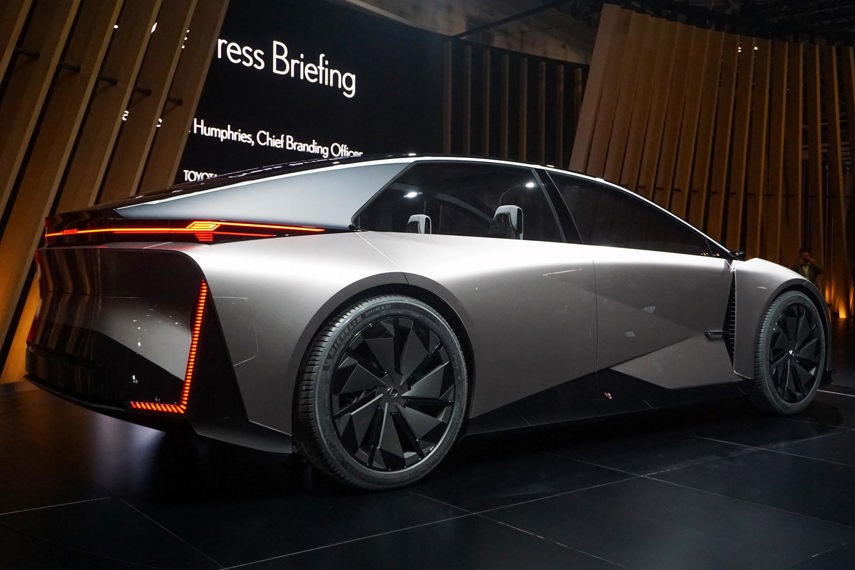
It’s the rest of what the LF-ZC supposedly promises that seems far more fantastical, with a new operating system that Lexus claims can virtually transform the driving dynamics to suit different parameters and preferences. Details were scant during the concept’s reveal at the 2023 Japan Mobility Show in Tokyo, but Lexus claims “driving characteristics, sounds, and vibrations” are some of the parameters that can be adapted to different users.
Utilizing the same steer-by-wire system that’s on its way with the RZ (it was introduced in the 2023 RZ in other markets but hasn’t landed in North America just yet), Lexus claims in-vehicle gaming is also a very real possibility – when parked, of course. Otherwise, the concept’s cabin is packed with technology, including an array of digital displays, artificial intelligence, and advanced voice recognition. According to Lexus’s Chief Branding Officer and senior design manager Simon Humphries, the LF-ZC will even be fitted with a sensor that can smell what’s happening around it, although he didn’t offer up any more detail during the reveal.
Rooted more firmly in reality is the new modular construction this and other future EVs from Lexus will utilize, with so-called gigacasting that splits the body into three parts: front, middle, and rear.
“Casting provides greater freedom of form, while the integration of parts also increases rigidity, for linear and natural vehicle dynamics,” Lexus said in a statement.
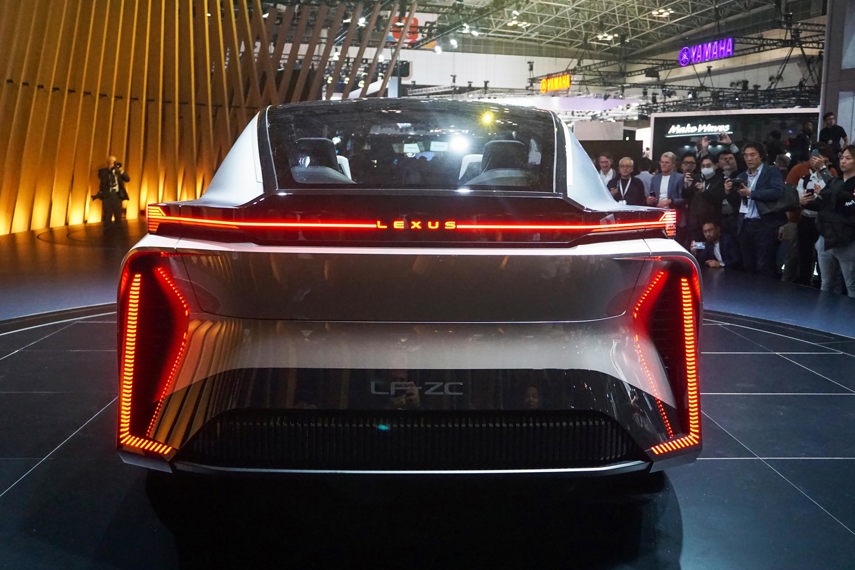
In typical EV form, the battery will be stashed in the middle section, providing a low centre of gravity that should be made even more so through the use of new “prismatic high-performance” technology that allows for low-profile construction and more range than current battery tech allows.
Lexus envisions the LF-ZC will be built using a self-driving assembly line, “where cars can autonomously move to the next stage of assembly.” Using the battery and motors of each vehicle to roll through the production process would eliminate the massive conveyor belts used in conventional assembly, allowing more flexibility in the factories where these EVs are built.
If the LF-ZC Concept seems too good to be true, well, it just might be. Trying to be all things to all people – quite literally, a vehicle that’s supposed to feel fundamentally different to drive, depending on the user, while also offering mobile gaming technology and more – is certainly a bold goal. But then the future of mobility is something of a blank canvas for brands like Lexus to make their mark on.
A Flagship EV Joins the Fray
Lexus also showed off a new flagship EV dubbed the LF-ZL Concept that utilizes the same operating system as its smaller sibling. Scheduled to arrive in production form further down the road than the 2026 target of the LF-ZC, the bigger crossover utilizes the same open concept interior design to go with all kinds of flashy technology.
